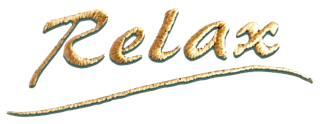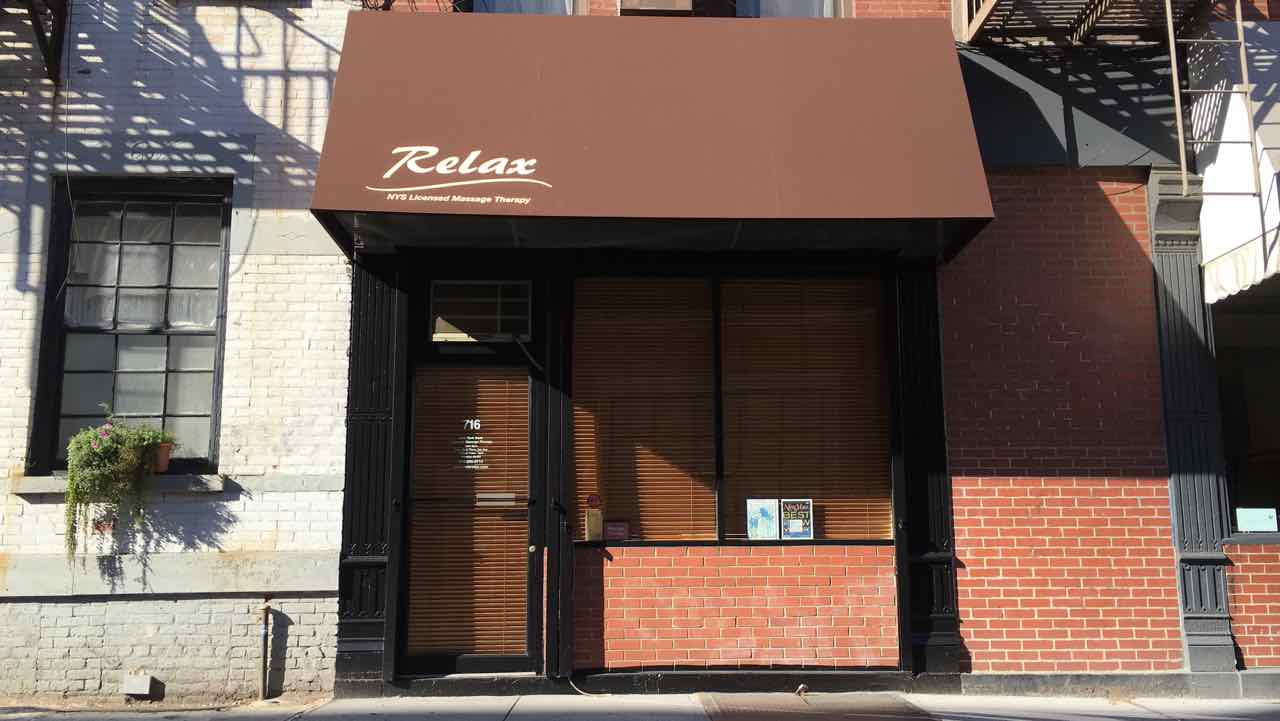My Massage Modalities
Swedish massage is now known as “traditional” massage. Swedish massage includes long gliding strokes, kneading, friction, tapping, and shaking motions. It is effective for most ailments, because massaging the skin, the body’s largest organ, sets up a chain reaction that produces a positive effect on all layers and systems of the body. It affects the nerves, muscles, glands, and circulation, and promotes health and well being.
One of the most commonly taught and well-known massage techniques, Swedish massage is a vigorous system of treatment designed to energize the body by stimulating circulation. Five basic strokes, all flowing toward the heart, are used to manipulate the soft tissues of the body. Therapists use a combination of kneading, rolling, vibrational, percussive and tapping movements with the application of oil to reduce friction on the skin. The many benefits of Swedish massage may include generalized relaxation, dissolution of scar tissue adhesions, and improved circulation, which may speed healing and reduce swelling from injury.
Deep Tissue Massage is designed to reach the deep portions of thick muscles, specifically the individual muscle fibers. Using deep muscle compression and friction along the grain of the muscle, its purpose is to unstick the fibers of the muscles and release both toxins and deeply held patterns of tension.
Performing medical massage requires a firm background in pathology and utilizes specific treatments appropriate to working with disease, pain, and recovery from injury. The therapist may work from a physician’s prescription or as an adjunct healer.
Release Therapy – All muscles, arteries, bones, organs, etc. are held together by a saran wrap kind of tissue called fascia. Myofascial Release works by the manipulation of the fascia that connects and surrounds muscles. Because the fascia is body-wide, a tension or trauma in one part of the body can affect another part. The fascia responds to the trained touch to release the adverse effects of inflammation, tensions and trauma.
Shiatsu, the most widely known form of acupressure, literally means “finger pressure”. Shiatsu uses rhythmic pressure specific points along the body’s meridians by using the fingers, hands, elbows, knees, and sometimes feet to unblock and stimulate the flow of energy. A session my also include gentle stretching and range-of-motions manipulations. Shiatsu is used to treat pain, relax the body, and to maintain general health.
This special form of massage is typically used before, during, and after athletic events to prepare the athlete for peak performance, to drain away fatigue, to relieve swelling, to reduce muscle tension, to promote flexibility and to prevent injuries. Depending on the needs of the athlete, a variety of techniques are used.
Trigger point therapy is also known as Myotherapy or Neuromuscular Therapy and applies concentrated finger pressure to “trigger points” (painful irritated areas in muscles) to break cycles of spasm and pain. It appears that most muscular pains have a trigger point that causes the muscle to go into spasms. Trigger Point Therapy involves placing pressure on that trigger point so that the muscle can relax and the pain can be lessened. Pressure is generally applied with fingers, knuckles, and elbows. The basic idea is that the trigger point which is the source of the pain is not always where the patient feels the pain. The trigger point could be several inches away from the place where they feel the discomfort or pain.
Massage is one of the oldest forms of healthcare that has become very popular over the last twenty years. Although all massage therapists use their skills to manipulate soft tissue structures such as skin, muscles, tendons, ligaments and fascia (connective tissue), many massage therapists specialize in a wide variety of forms of therapeutic massage.
Massage can help you support general health and well-being or facilitate the healing process of some injuries, such as muscle tears or sprains. Massage can increase circulation, promote relaxation, reduce stress, and reduce pain and stiffness associated with muscle soreness or tension, and increase range of motion. A massage therapist cannot diagnose, prescribe treatment, or cure disease or injury.
Although massage therapy cannot cure the following conditions, it may reduce pain or stiffness associated with tension headache, temporomandibular joint dysfunction, poor posture or scoliosis, and repetitive stress injuries to muscles and tendons (tennis elbow, mild or chronic tendonitis). People who have had joint replacement surgery may benefit from relief or muscle tension.
The techniques used by massage therapists include applying pressure and manipulating muscles with the hands, forearms, and elbows. Many forms also use gentle stretches and movements of the body to enhance the massage session.
Swedish/relaxation, deep tissue/trigger point, and some forms of sports massage use an application of oil or lotion to the skin.

